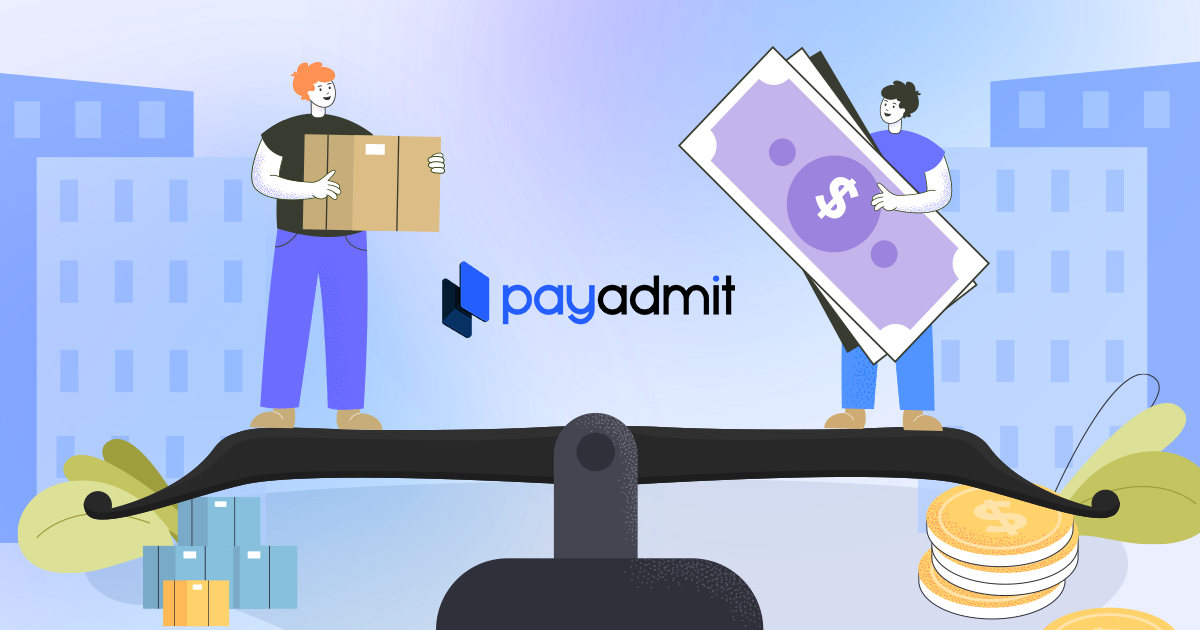What is application interface programming?
What is an application programming interface? API is a group of software tools and features in the form of an interface for developing new programs. It allows one program to communicate with another, according to the definition of an application programming interface. It enables developers to make the integration of product data into other products and increase the usefulness of their own piece. The majority of big businesses create APIs for clients or internal usage. Thanks to the API, an individual may carry out several tasks without leaving the web page.
How it works
What are application programming interfaces, and how do their services work? An intermediary layer between two apps is the interface. It enables two applications to communicate and carry out tasks without disclosing their private APIs.
Public and private APIs exist. Like the YouTube API, the former is designed to be shared with others. Outside developers can create applications using these APIs. The second category consists of internal apps developed for a particular user base or audience. Enterprises and corporations frequently employ them.
Pros and cons
API benefits include:
- management of programs to eliminate manual input;
- character translation;
- speedy testing;
- speech synthesis, personality recognition;
- cloud computing.
However, there are drawbacks to application interface programming as well. For instance, the developer has access to ready-made solutions but needs to be made aware of how they are built or what the source code looks like.




